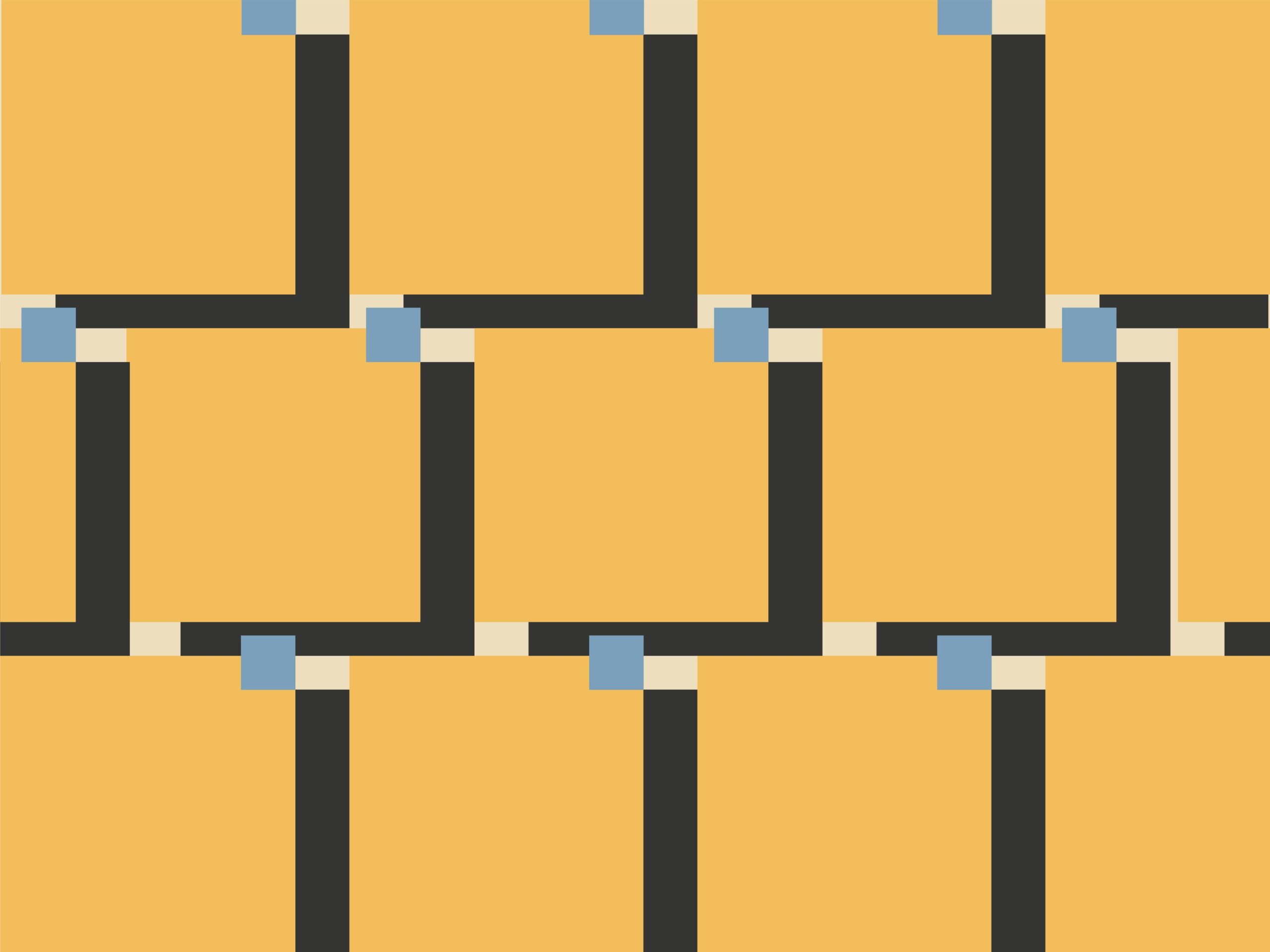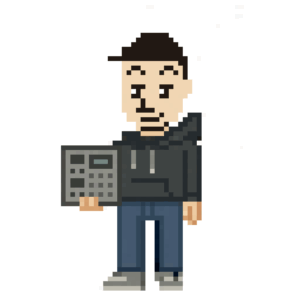Your cart is currently empty!
I’m a beatmaker. Please tell me the difference between a filter and an equalizer.

As a beatmaker, understanding the difference between filters and equalizers is crucial. Both are audio processing tools used to adjust specific frequency components of sound, but they serve different purposes and functions.
Table of Contents
Filters
Filters are simple tools designed to cut or boost specific frequency ranges. The main types are:
- Low-pass filter: Cuts high frequencies and lets low frequencies pass through.
- High-pass filter: Cuts low frequencies and lets high frequencies pass through.
- Band-pass filter: Lets a specific range of frequencies pass through while cutting others.
- Notch filter: Cuts a specific range of frequencies.
Equalizers
Equalizers can also adjust specific frequency ranges like filters but offer more complex and flexible settings. Equalizers usually have multiple “bands,” each of which can boost or cut a specific frequency range.
Common types of equalizers include:
- Graphic Equalizer: Has a preset number of bands, each with its level adjustable independently.
- Parametric Equalizer: Allows you to independently adjust the frequency, bandwidth (Q), and gain (level) for each band.
Key Differences
- Filters are typically specialized for one or a few specific tasks (e.g., cutting out low frequencies).
- Equalizers are more complex tools that can adjust multiple different frequency ranges simultaneously.
Filters are simpler and useful for solving specific problems, like removing unwanted low frequencies. On the other hand, equalizers provide more extensive control when you need to adjust the sound or music more broadly.
About The Author

Born in 1982 in Japan, he is a Japanese beatmaker and music producer who produces experimental hiphop beats. He is the owner of Genx Records. Because he grew up internationally, he understands English. His hobbies are muscle training, artwork creation, website customization, and web3. He also loves Korea.
Website: genxrecords.xyz
Share This Post:
Leave a Reply